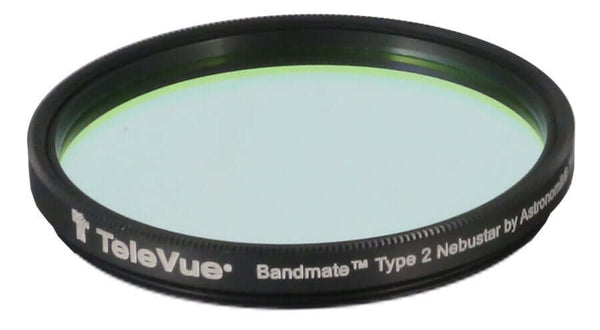

Why Purchase from All-Star Telescope?
Free Expert Support
Whether you are a first timer needing help with setting up or an enthusiast that can't quite make that one thing work, our expert staff are ready to support your needs. With decades of knowledge and first hand experience we've been there and we can help you through it!
Stress Free, Secure Transactions
You can trust purchasing and delivery with All-Star Telescope. All of our transactions are 100% secure and Level 1 PCI DSS compliant thanks to Shopify's ShopPay platform. For additional protection, we insure 100% of the value of every shipment we make. If it get's lost during shipment, we replace it. If it gets damaged during shipment, we replace it. We make sure your product arrives exactly as you would expect it to; we promise.
We also ensure privacy protection. We never keep any of your credit card information on file and any of your personal data is stored according to our policies.
30 Day Return Policy
Buy with confidence knowing that we accept returns up to 30 days after purchase. We want you to have something you will actually use and we are confident that we keep good quality products in our store with No Junk.
Price Match Promise
Shipping around for the best price is tough, we make it easier by offering the best pricing in the market. But if you find a better price on an in-store item somewhere else we will match it!
Product Description
The distinction you'll find with Bandmate filters is their consistency, achieved by keeping control of the manufacturing and quality control processes each company does so well. All the materials are sourced in Germany. Each filter is: optically tested by TeleVue in high power-space to ensure no image degradation, tested by Astronomik on a spectrograph to ensure the coating meets design specifications, mechanically tested for fit, cosmetically inspected for pinholes, digs, and sleeks and serialized, all to insure customer satisfaction. All filters are backed with a 10-year warranty against manufacturing defects.
The Nebustar filter is a unique narrowband design specifically for TeleVue. Unlike other UHC designs, Nebustar blocks red wavelengths normally passed by typical UHC filters. The design eliminates star bloat to produce sharper, more natural looking stars along with enhanced nebulosity. This is a great general-purpose nebula filter for scopes of any size. Astronomik is proud to deliver this exclusive filter through TeleVue and wishes that customers "enjoy magnificent observing sessions with our most recent development for visual observers: The TeleVue Type 2 Nebustar."
The OIII and Hβ are more typical representative offerings available from Astronomik's product line but with the tight specification tolerances and additional assurance of TeleVue's testing guarantee.
Our OIII filter passes light from doubly ionized oxygen atoms. As such, it is great for viewing planetary nebulae and supernovae remnants.
The Hβ filter passes the aqua colored hydrogen-beta emission lines found in the Horsehead, California, and other hydrogen emitting nebulae. It is effective for viewing objects that take up the entire field — even when using our wide-angle eyepieces.
Specifications


